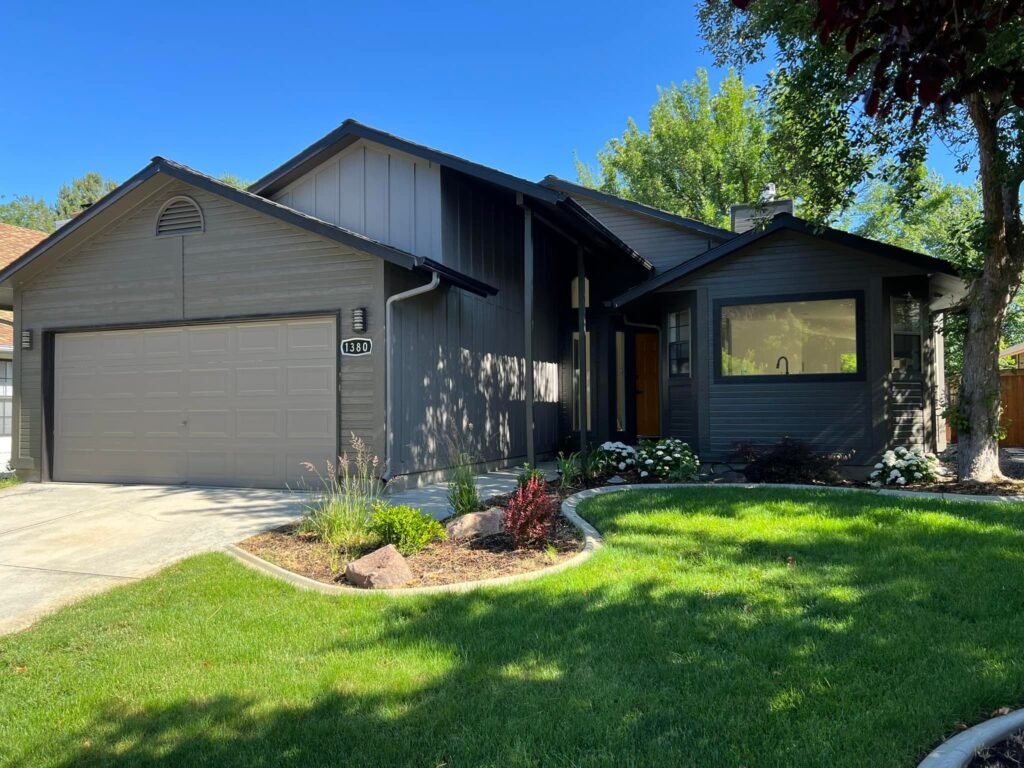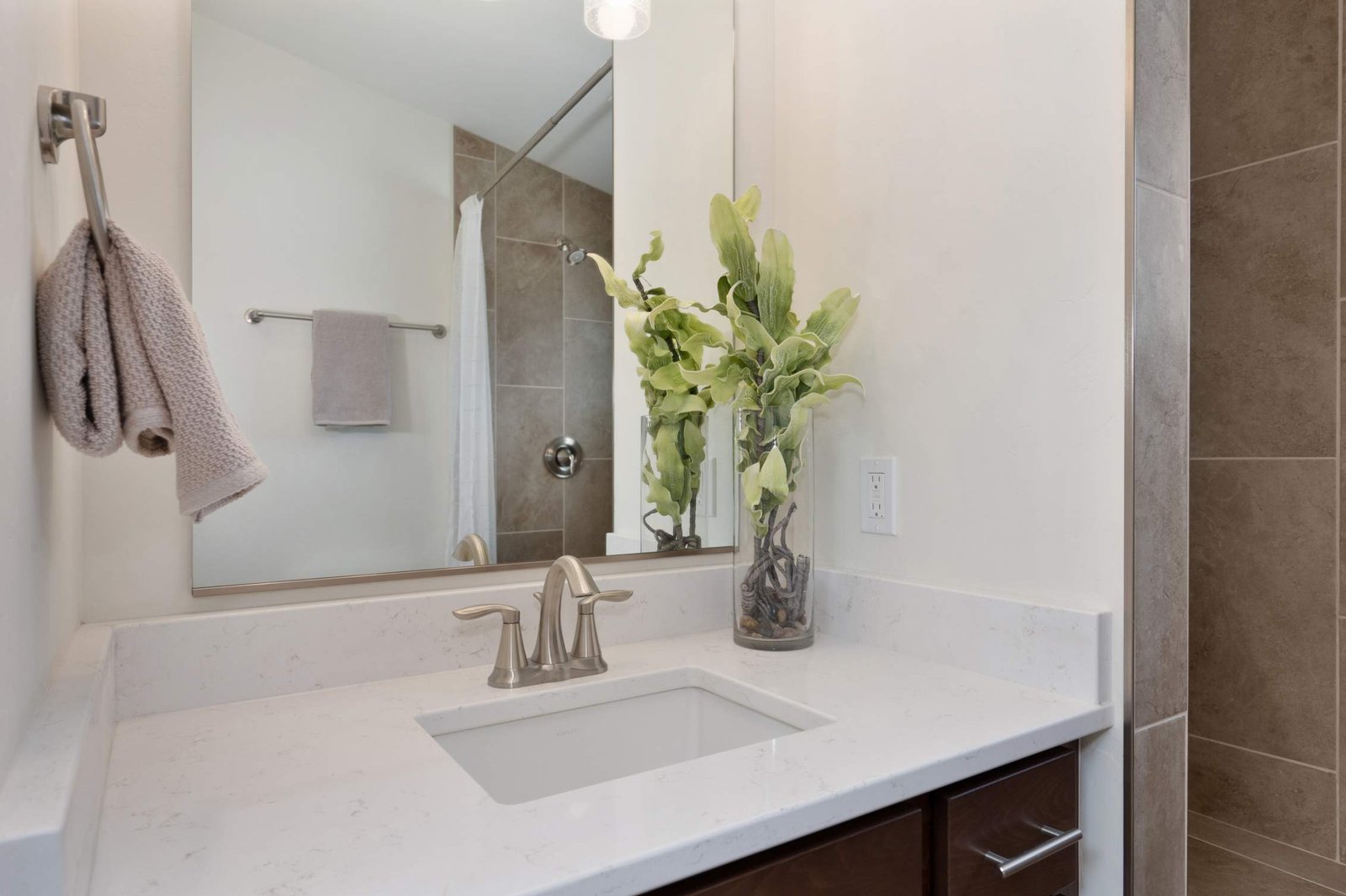What are dwelling units? Here’s our quick guide!
Whether you’re a homeowner considering expansion, a real estate professional, or simply curious about housing options, this comprehensive overview will provide valuable insights into independent living spaces.
Defining Dwelling Units: More Than Just a Place to Live
At its core, a dwelling unit is a single unit providing complete and independent living facilities for one or more persons. But what does that really mean in practical terms?
A dwelling unit, as defined by the National Electric Code (NEC), includes permanent provisions for:
- Living
- Sleeping
- Cooking
- Sanitation
Essentially, it’s a self-contained living space allowing individuals or families to carry out daily activities independently. This concept forms the foundation of various housing types, from traditional single-family homes to more innovative solutions like accessory dwelling units (ADUs).
The Spectrum of Dwelling Units: From Houses to ADUs
Dwelling units come in various forms, each serving unique needs and preferences:

1. Single-Family Homes
The quintessential dwelling unit, offering complete independence and typically the most space.
2. Apartments
Found in multi-unit buildings, apartments provide dwelling units for multiple individuals or families within a single structure.
3. Accessory Dwelling Units (ADUs)
Also known as granny flats, in-law suites, or secondary suites, ADUs are smaller, independent residential dwelling units located on the same lot as a stand-alone single-family home.
Let’s get deeper into ADUs, which represent an innovative approach to addressing various housing challenges.
Accessory Dwelling Units: A Closer Look

ADUs have gained significant attention in recent years as a flexible housing solution. They can be:
- New stand-alone accessory structures
- Converted portions of existing homes (e.g., a renovated basement or attic)
- Additions to new or existing homes
ADUs come in two main varieties:
- Detached ADUs: Separate structures from the main dwelling on a property.
- Attached ADUs: Units connected to the primary dwelling, such as a converted garage or an addition.
The Multi-Faceted Benefits of ADUs
ADUs offer numerous advantages, making them an attractive option for homeowners and communities:
- Increase housing affordability in high-cost areas
- Create a broader range of housing options within existing neighborhoods
- Enable seniors to age in place near family members
- Provide housing for adult children or caregivers
- Generate rental income for homeowners
- Offer flexible space for home offices or studios
Many cities and counties have signaled support for ADUs in their comprehensive plans, recognizing their potential to address housing shortages and promote sustainable urban development.
Navigating Zoning and Land Use Regulations
Before embarking on any dwelling unit project, especially ADUs, it’s crucial to understand local zoning regulations. These regulations dictate how land can be used within a particular jurisdiction and can significantly impact the construction and use of dwelling units.
Key aspects of zoning regulations that may affect dwelling units include:
- Lot size requirements
- Setback rules
- Height restrictions
- Owner-occupancy requirements
- Dimensional and design standards
- Off-street parking requirements
Many communities are updating their local zoning to be more accommodating to ADUs and other innovative housing solutions. However, regulations can vary widely between jurisdictions, so it’s essential to consult with local authorities or a knowledgeable professional before proceeding with any dwelling unit project.
Building Codes and Safety Requirements: Ensuring Habitability
Building codes are a set of standards and regulations that govern the construction and design of buildings to ensure safety, accessibility, and structural integrity. All dwelling units, including ADUs, must comply with applicable building codes.
Key areas covered by building codes include:
- Structural integrity
- Electrical systems
- Plumbing
- HVAC systems
- Fire safety
- Energy efficiency
Some specific requirements might include:
- Installation of surge protection devices (SPDs)
- Minimum ceiling heights
- Adequate ventilation
- Proper insulation
It’s important to note that building codes can vary by location and are regularly updated. Always consult with local building authorities or a licensed contractor to ensure compliance with the most current regulations.
Design and Construction Considerations
Creating a functional and appealing dwelling unit requires thoughtful design and construction. Here are some key considerations:

Space Optimization
Especially crucial in smaller units like ADUs, efficient use of space can make a dwelling feel larger and more comfortable. Consider:
- Open floor plans
- Multi-functional furniture
- Built-in storage solutions
Layout Planning
A well-planned layout can significantly improve the livability of a space. Think about:
- Natural light and ventilation
- Flow between spaces
- Privacy needs
Material Selection
Choose materials that are:
- Durable and low-maintenance
- Energy-efficient
- Aesthetically pleasing
- Suitable for the local climate
Accessibility
Consider designing for accessibility, which can increase the unit’s versatility and value:
- Wide doorways
- Step-free entrances
- Accessible bathroom features
Sustainability
Incorporate sustainable design principles:
- Energy-efficient appliances
- Water-saving fixtures
- Sustainable or recycled materials
- Proper insulation
Conclusion: Embracing the Future of Housing
In all their forms, dwelling units play a crucial role in addressing contemporary housing challenges. From providing affordable housing options to enabling multi-generational living, these versatile spaces offer solutions to a wide range of needs.
As you consider your own dwelling unit project, remember:
- Always check local zoning regulations and building codes
- Consider long-term needs and potential uses
- Consult with professionals for design, construction, and financial advice
- Think creatively about how to maximize space and functionality
Whether you’re looking to build an ADU, renovate an existing space, or simply understand the housing landscape better, the world of dwelling units offers exciting possibilities for creating flexible, sustainable, and community-oriented living spaces.
Looking to build? Contact True-Blue Construction here!
By embracing innovative housing solutions like ADUs and thoughtfully designed dwelling units, we can work towards creating more inclusive, affordable, and adaptable communities for the future.